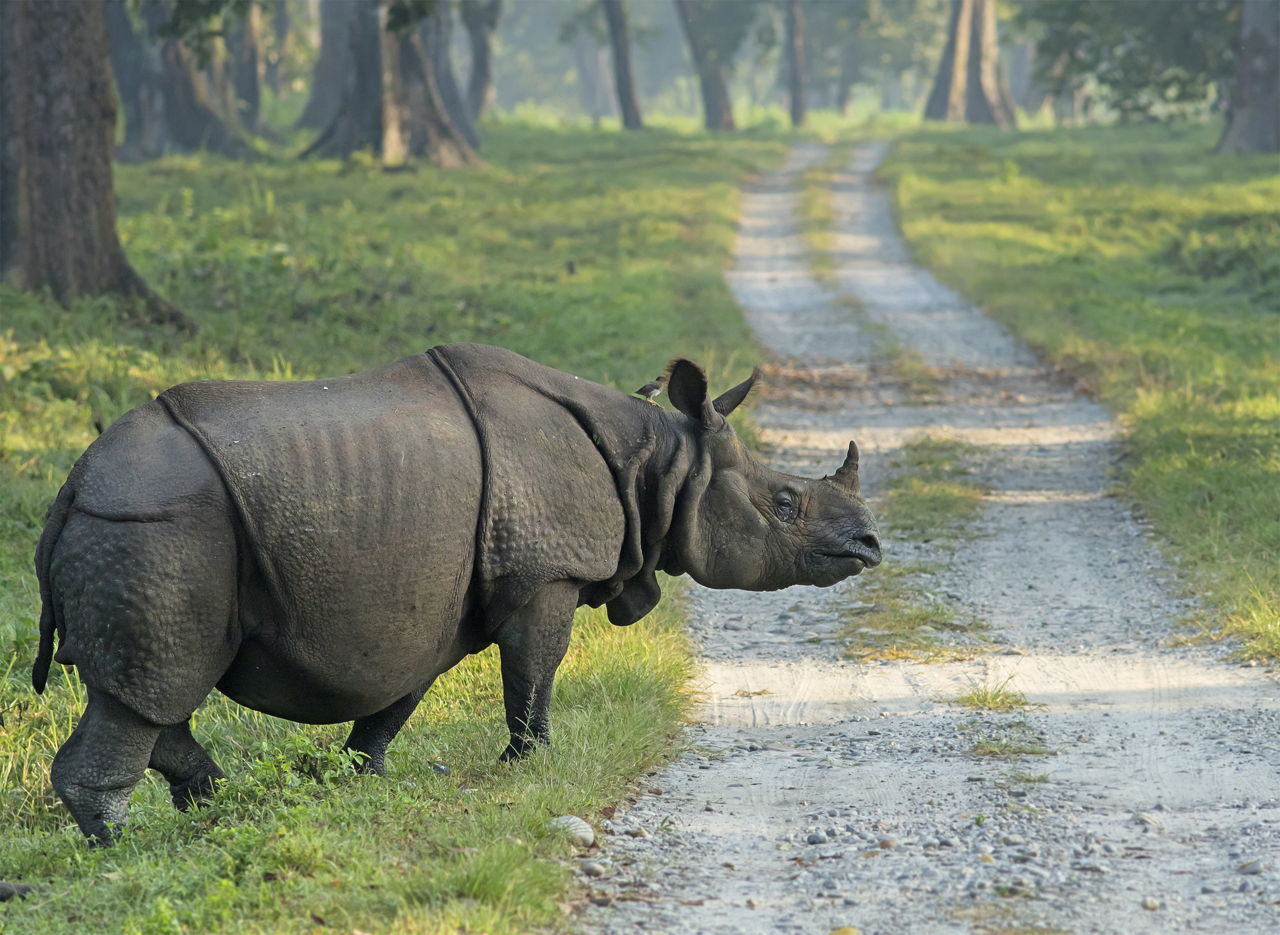Should Rhinos Be Introduced To Australia?
This is one of those ideas that might seem insane initially, but on reflection is not quite as crazy as it sounds.
There are five species of rhinoceros in the world — two in Africa and three in Asia. All five are desperately imperiled.
For rhinos, the world is being rapidly shattered — their savanna and forest habitats destroyed and sliced apart by clearings, fences, roads, and other obstructions.
Even worse, they are being slaughtered by poachers for their valuable rhino horn — which is falsely thought to have male-aphrodisiac or curative properties, for maladies ranging from cancer to hangovers.
Vietnam and China are overwhelmingly the biggest consumers of rhino horn. Vietnam especially — but Chinese workers, entrepreneurs, and even diplomats working in Africa and Asia have been heavily engaged in the illegal rhino-horn trade.
COLLAPSING POPULATIONS
Rhinos are relicts of a great megafauna that until recently dominated the Earth. Today, rhinos are some of the most endangered animals in the world.
For instance, the Sumatran Rhinoceros is so rare today that biologists refuse to disclose where it still lives—to avoid tipping off poachers (beyond saying it persists only in small pockets of northern Sumatra, Indonesia).
The Javan Rhinoceros was formerly the most abundant rhino species in Asia, ranging from Southeast Asia to India and China. But today it could be the rarest mammal on Earth—with just 60 animals persisting in far western Java, Indonesia.
In Africa, White Rhinos and Black Rhinos are in free-fall. The Black Rhino was once widely distributed across eastern and southern Africa, but its numbers are dramatically reduced and nearly half of its unique subspecies have vanished.
The White Rhino is nearly as imperiled. On March 19, the last living male from its unique northern subspecies died.
That subspecies — now represented by just two females — is doomed unless someone pulls off a genetic miracle, such as test-tube fertilization or a Jurassic Park-type resurrection.
FATAL CIRCUMSTANCES
Nations that still sustain rhinos are having profound problems maintaining them. Not that it’s easy. Rhinos are big, near-sighted, and rather predictable in their habits — easy prey for poachers.
They live in developing nations with escalating human populations, including many impoverished people, where lethal weapons are frighteningly common and the rule of law precarious.
And they have horns worth up to $300,000 each.
In desperate efforts to staunch the slaughter, some nations have tried de-horning their rhinos, painting their horns with toxins and effeminate colors, and even assigning guards to watch over them day and night—like heavily-armed sheep herders.
To date, few measures have had much success.
It’s only going to get worse. Roads are proliferating dramatically in developing nations, increasing access to ecosystems for poachers. And human populations and the pressures they bring are growing explosively in Africa and Asia.
Some believe captive breeding is the only solution, especially for the desperately rare Sumatran and Javan Rhinos — maintaining them in zoos or breeding facilities in the hope they might one day be reintroduced to the wild.
A CRAZY IDEA?
But at ALERT, we have another idea. Why not introduce rhinos to Australia?
Before you laugh out loud, consider this.
Australia is a vast continent. It has the kinds of tropical savannas, woodlands, and rainforests that the different species of rhinos need to survive.
Ironically, many of Australia’s invasive plant species have been introduced from Africa and Asia—not that rhinos, which are generalist grazers or browsers, are particularly picky in what they eat.
Australia has vast areas that are sparsely populated, with a strong rule of law and minimal wildlife poaching. It has a massive eco-tourism industry that surely would be keen to see semi-wild rhinos and support their conservation financially.
NOT IN THE WILD
At ALERT, we might be crazy but we’re not stupid.
We are not suggesting that rhinos be allowed to roam free in Australia. Under those circumstances, rhinos could degrade native ecosystems and even pose a danger to people in the wrong situations.
But northern Australia has vast expanses of semi-wild land held by giant cattle properties or public grazing areas.
And we are not suggesting that harboring rhinos in Australia would mean reducing efforts to save them in the wild or conserve their native ecosystems.
Just the opposite. The idea would be to establish semi-wild populations that would help buffer rhinos against global extinction, and generate funds and public education to help conserve wild rhinos and their native habitats.
Of course, introducing rhinos to Australia is a desperately crazy idea.
But then, desperate times call for desperate measures.







